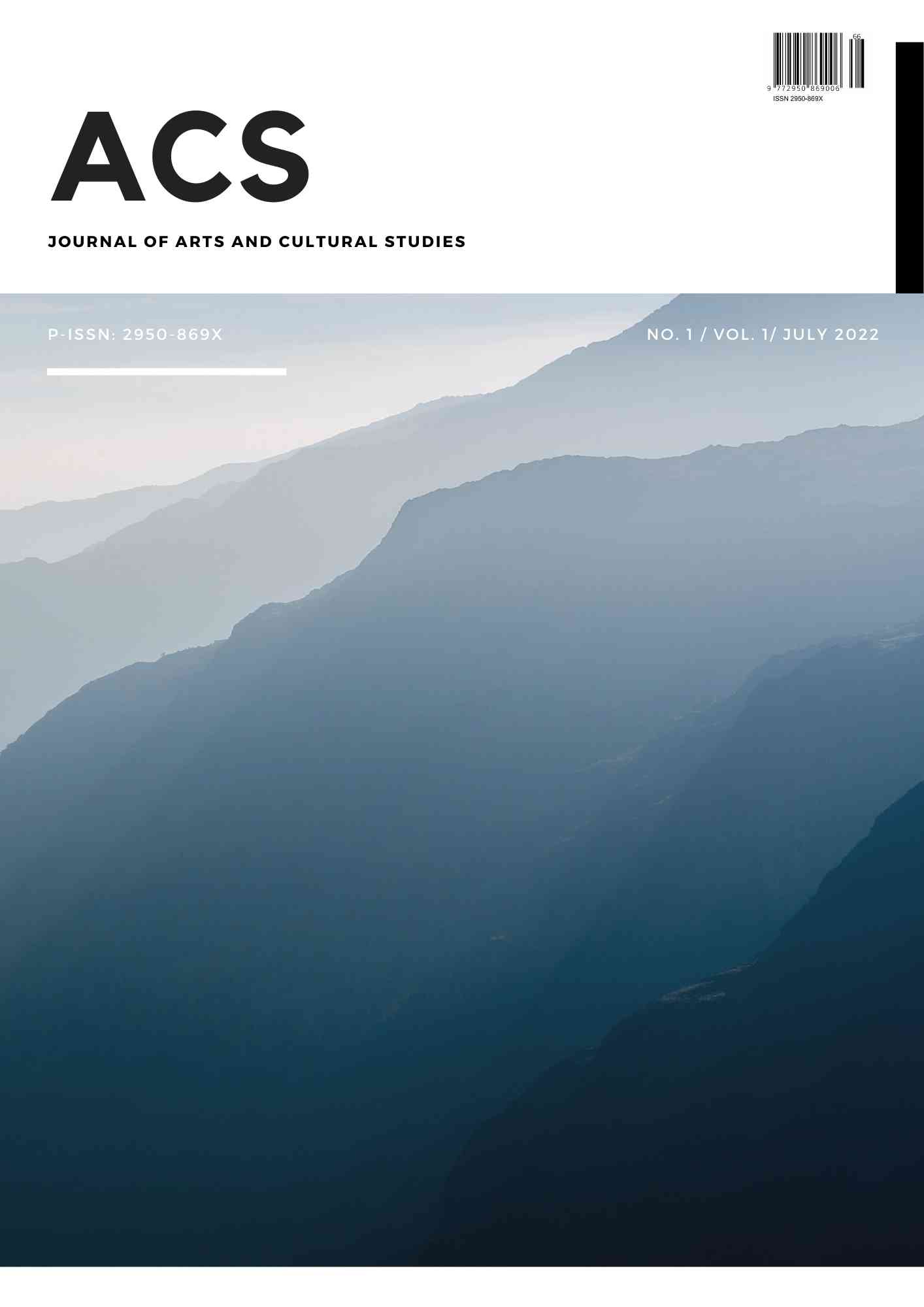open access
메뉴
open access
메뉴 ISSN : 2950-869X
ISSN : 2950-869X
Background: In recent years, under the trend of China's rapid development of domestic tourism and the recovery of national consumption, Quanzhou leveraged the "World Cultural Heritage" to build up its brand image. Thus, the number of tourists increased significantly from the year 2021 to 2024. In 2024, the city received a total of 818.12 million tourists during the Spring Festival holiday, of which Xunpu Village received 361,000, while Xunpu Village received 361,000 tourists, a year-on-year increase of 600%. The fast-growing tourist audience group puts forward new challenges for the brand transformation and dissemination of the culture of Xunpu. Purpose: This study is dedicated to examine the value of Xunpu Women’s Folk Culture in brand image design through specific analysis of Quanzhou folk culture. To explore the cultural and tourism policies, and industry trends, focusing on the artistic characteristics of Xunpu women's Head-pinned flowers and peripatetic headdresses, residential "Oyster Shell Houses", and habits of life, in order to develop a path to combine Xunpu women's culture and the current brand image. Methods: Qualitative induction, field study and literature analysis are used to analyze the role played by the brand image of Xunpu women in the transformation of local cultural resources. Results: The article systematically proposes that intangible cultural heritage has evolved into a crucial cultural capital, and the image of Xunpu women, as a carrier of Quanzhou's local culture. It is an important link in achieving the resource transformation of Quanzhou's local intangible cultural heritage. Conclusion: To create a unique brand image of the region, which not only helps to highlight the influence of the culture of Xunpu women, but also deepens the cognition, better disseminates the local culture, strengthens the concept of protection and inheritance of the cultural spirit. Thus, skillfully integrates the culture of Xunpu women into the brand image to become an important initiative, and promote the local culture's development and inheritance in modern society.